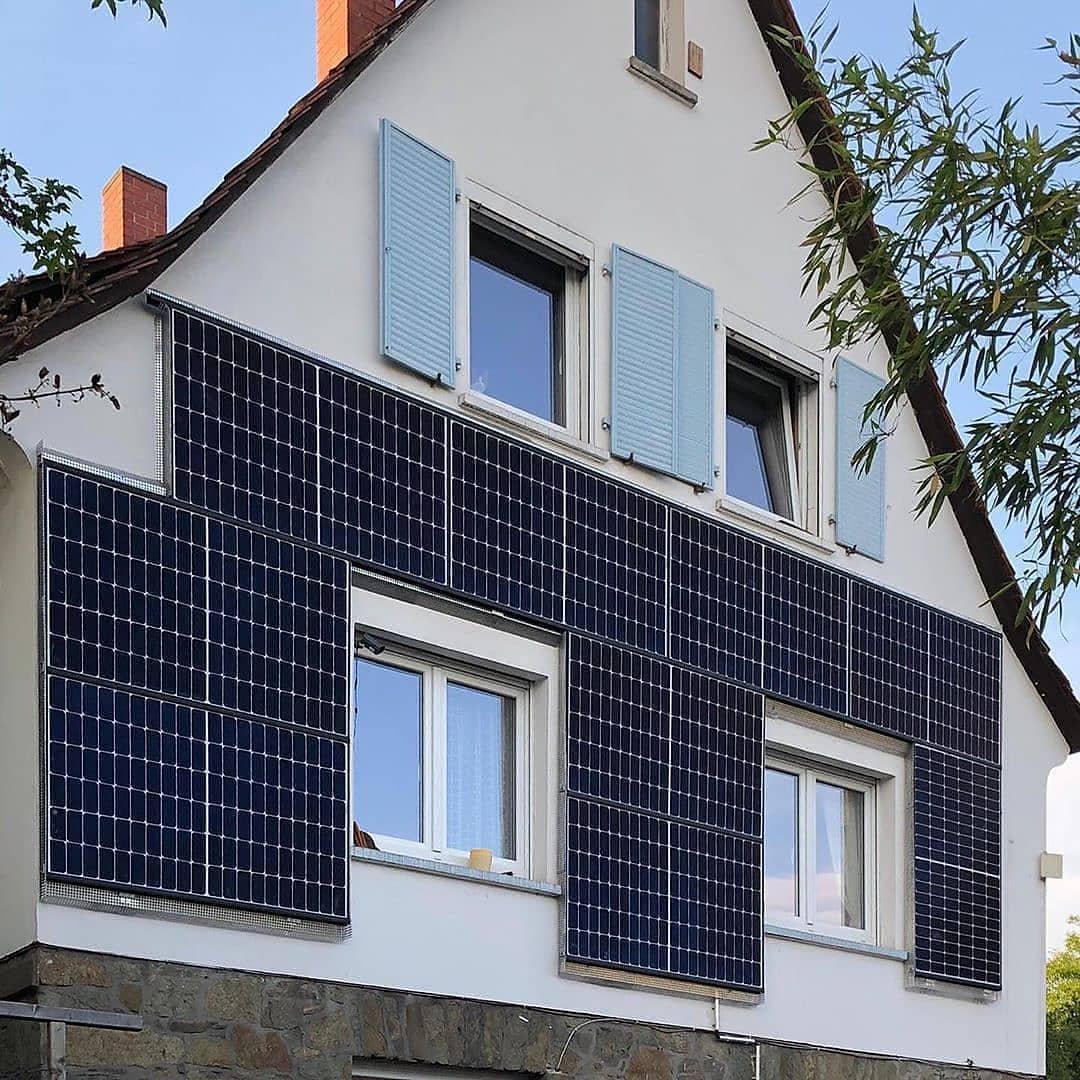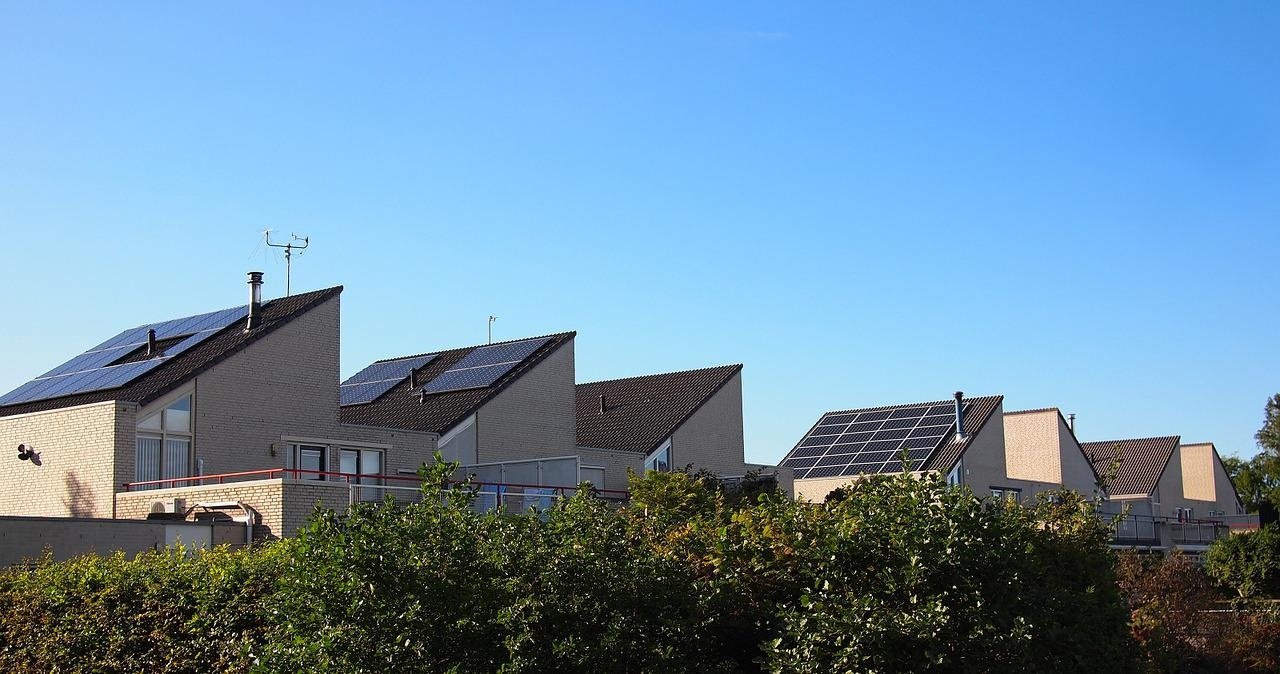
Difference between monocrystalline and polycrystalline solar panels
Next we will analyze what are the Difference between monocrystalline and polycrystalline solar panels
Difference between monocrystalline and polycrystalline solar panels
At least 9 out of 10 of the photovoltaic panels on the market are made of silicon cells. Within this area there are two fundamental types whose differences are sometimes not entirely clear: panels with monocrystalline or polycrystalline cells. Although both start from the same chemical element, the results of opting for one model or another are not the same. Thus, we will tell you the main differences between polycrystalline and monocrystalline panels, so that you know which one best suits your needs.
Monocrystalline solar cells, advantages and disadvantages.
Monocrystalline cells stand out for being made of very high purity silicon . For this reason, these types of black cells are the most efficient, also in terms of space, which translates into practice in smaller installations. They are distinguished by their dark color and rounded edges.
With the highest level of efficiency on the market, which can reach 20%, monocrystalline cells are the most suitable for installation in areas where exposure to sunlight is not very high due to their high performance under these conditions.
The long useful life of this type of cells, with guarantees in many cases of 25 years and the capacity to operate up to 50 years, is another advantage of monocrystalline panels that, however, also have some cons compared to other alternatives.
Among them, the high price of monocrystalline cells stands out , which require more silicon than polycrystalline cells and which also lead to material losses during the manufacturing process, given the type of cutting performed.
In the same way that they stand out for their good behavior in situations of low light exposure, such as on cloudy days, polycrystalline cells tend to perform less at high temperatures , an aspect that must be taken into account before choosing this option.

Polycrystalline panels, cheaper but less efficient.
Solar panels based on polycrystalline cells have a long history in the industry, since their manufacture began as early as the eighties. Its greatest advantage over monocrystalline cells comes from a lower cost production process, which brings down the final price of these systems.
For this product, the silicon is melted and put into molds with which the cells are shaped. With this process, not only is a much smaller quantity of this element used, but losses in the production phase are also avoided.
Although these cells are more affordable, they do have some drawbacks. The lower heat tolerance of these cells means that they have a lower efficiency than the monocrystalline alternative . Specifically, it is estimated that in the panels that include these cells, the efficiency ratio is a maximum of 16%, mainly due to the lower amount of silicon they incorporate.
The negative effect that high temperatures have on these cells, which makes them even less attractive than monocrystalline cells for users living in hot areas, as well as their lower efficiency with respect to space, are also listed as disadvantages of these systems.
Thus, although both cells contain silicon, they present different behaviors depending on aspects such as the amount of light or the necessary dimensions. Price is another key issue that, as has been seen, rises in the case of monocrystalline cells. However, as the industry matures, production costs are reduced, so that the acquisition of photovoltaic panels with these cells is becoming more affordable.






